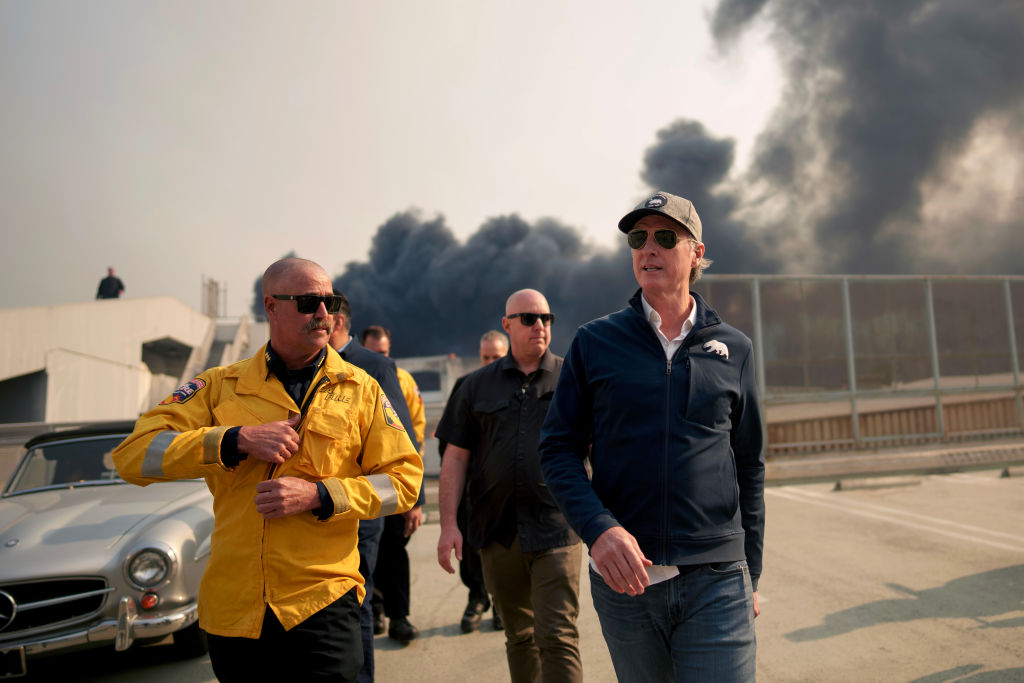The Wildfire of Misinformation: Social Media’s Role in Spreading Falsehoods During Crises
The devastating wildfires that ravaged Los Angeles in recent weeks brought to light not only the destructive power of nature but also the equally damaging spread of misinformation online. From AI-generated images of the Hollywood sign ablaze to unfounded rumors about firefighting techniques, false narratives proliferated on social media platforms, hindering emergency response efforts and sowing confusion among residents. This incident, coupled with Meta’s recent decision to eliminate its fact-checking program, has sparked a critical debate about the role and responsibility of social media companies in combating misinformation, particularly during times of crisis. The situation mirrors the challenges faced by election officials in recent years, grappling with the widespread dissemination of election fraud falsehoods. The Los Angeles wildfire crisis underscores the urgent need for effective strategies to counter the rapid spread of misinformation in the digital age.
The proliferation of false information surrounding the Los Angeles wildfires highlights the limitations of self-regulation by social media companies and the inadequacy of existing tools to address the issue. The rapid spread of these falsehoods, often amplified by algorithms that prioritize engagement over accuracy, demonstrates how these platforms are struggling to manage the "crisis moment," as described by Jonathan Mehta Stein, executive director of California Common Cause. The lack of proactive measures by social media companies to prioritize accurate information from official sources leaves users vulnerable to misleading narratives. Stein emphasizes the urgent need for government intervention, arguing that social media companies are actively hindering efforts to combat misinformation and disinformation. This inaction necessitates a more forceful approach to hold platforms accountable and ensure the dissemination of credible information during emergencies.
California’s recent legislative efforts to tackle online misinformation, particularly in the context of elections, offer a potential model for other states grappling with this issue. Assemblymember Marc Berman’s bill, passed last year, mandates the removal of deceptive AI-generated content related to elections within 72 hours of a complaint. The law empowers affected politicians and election officials to sue social media companies for non-compliance. However, the efficacy of this legislation is currently being challenged in court by X (formerly Twitter), which argues that the law constitutes state-sponsored censorship and violates the First Amendment. The outcome of this legal battle will have significant implications for the ability of states to regulate online content and hold social media platforms accountable for the spread of misinformation.
While California’s approach represents a significant step towards regulating online misinformation, other states have adopted more limited measures. Colorado, for instance, focuses on educational initiatives to prevent the spread of misinformation but stops short of targeting social media companies directly. Meanwhile, the Supreme Court’s recent intervention in Florida and Texas, halting laws that restricted social media companies from banning politicians’ content, underscores the ongoing legal and constitutional complexities surrounding this issue. The lack of a comprehensive federal framework leaves states navigating a complex legal landscape, balancing First Amendment rights with the need to protect the public from harmful misinformation. The absence of a model comparable to the European Union’s stricter regulations further highlights the challenges faced by U.S. policymakers.
In the absence of robust legal frameworks, officials have resorted to direct engagement with online falsehoods, employing "pre-bunking" strategies to proactively address and correct rumors. Governor Newsom’s California Fire Facts website exemplifies this approach, directly debunking false claims circulating on social media. Similarly, FEMA is adapting resources previously used during hurricanes to counter misinformation related to the wildfires. These efforts highlight the proactive role government agencies are taking to combat misinformation and provide accurate information to the public, filling the void left by the often-inadequate responses of social media platforms. The success of these initiatives depends on their ability to reach a wide audience and effectively counter the viral nature of misinformation.
Despite these efforts, the challenge of combating online misinformation remains significant. The X model of community-based fact-checking, while promising in theory, has demonstrated limitations in practice. A study by the Center for Countering Digital Hate revealed that a majority of Community Notes correcting election misinformation never reach users, and posts containing false information often garner far more views than the corrective notes. Critics argue that this approach is insufficient to address the scale and speed of misinformation spread, particularly during crises. Ultimately, the responsibility for discerning truth from falsehood increasingly falls upon individual users, who must become more discerning consumers of online information. The need for improved media literacy education and critical thinking skills becomes paramount in navigating the complex digital landscape.


